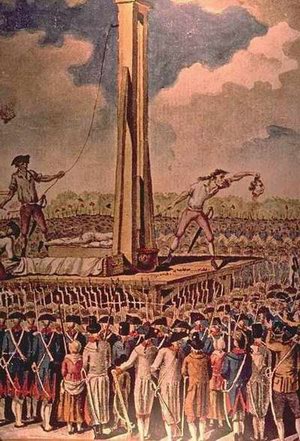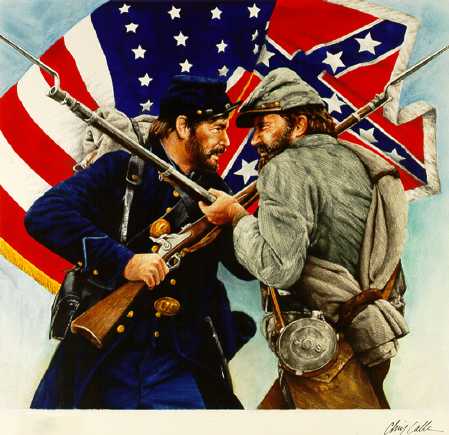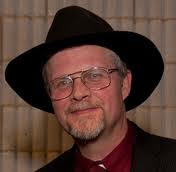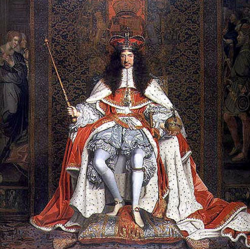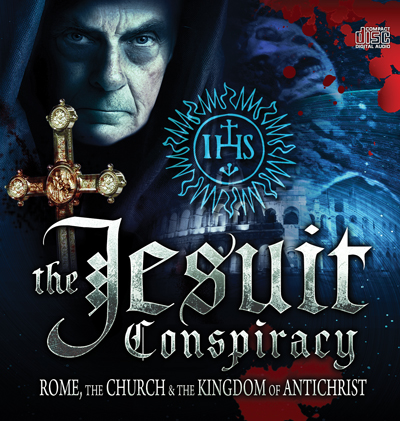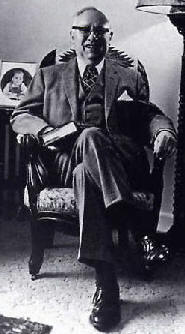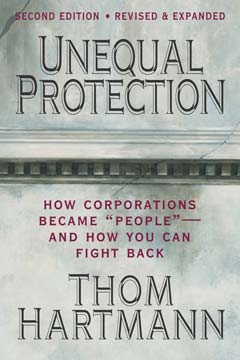 The following quotation is taken from THY KINGDOM COME: A SKETCH OF CHRIST’S CHURCH IN HISTORY – BOOK II-CHAPTER 44 : THE MODERN HUMANISTIC ERA- Compiled and edited by J. Parnell McCarter
The following quotation is taken from THY KINGDOM COME: A SKETCH OF CHRIST’S CHURCH IN HISTORY – BOOK II-CHAPTER 44 : THE MODERN HUMANISTIC ERA- Compiled and edited by J. Parnell McCarter
“The Holy Roman Empire was declining and proving inadequate to stop the Protestant Reformation. So a new institution – one more equipped for the task – was needed byRome. In stepped the Jesuit Order, led by its Superior General (sometimes referred to as “the Black Pope”), to fill these shoes. In the era of Protestant Reformation she began to enjoy remarkable success, and she continued her success into the modern era. Indeed, one important factor for the very rise of the age of secular humanism was the promotion of humanism by the Jesuits. Their influence was profound because of their leading role in education through their network of schools. The establishment of schools as a means of outreach evolved and was not conceived at the inception of the Order. In 1547, scarcely a half-dozen years after the founding of the Society, Ignatius received an unexpected and unsolicited invitation from leading citizens of the city of Messina in Sicilyto found and staff a secondary school for their sons. He accepted, and the school opened the next year.
That same year, thirty members of the senate in Palermo, impressed by what was happening in Messina, petitioned Ignatius for a similar school. Again he acquiesced.
Other schools soon followed — in 1551 schools opened in bothViennaandRome. By the time Ignatius died in 1556, the Jesuits were operating some thirty schools, practically all of them secondary, and just a few years later Polanco would write in the name of the new general to inform Jesuits that education had become the primary ministry of the Society. Meanwhile the school inRome, the “Roman College,” had developed into a university, and, while secondary schools would always be far more numerous, other institutions of higher learning would henceforth be an important part of the Jesuit enterprise. Within a century 300 Jesuit colleges dotted Catholic Europe in “one of the great extensions and consolidations of Renaissance humanism”. By 1773, the Jesuits were operating more than eight hundred universities, seminaries, primary, and secondary schools around the globe. The world had never seen before, nor has it seen since, such an immense network of educational institutions operating on an international basis under a single aegis. Jesuits were called the schoolmasters of Europe during these centuries, not only because of their schools but also for their pre-eminence as scholars and for the thousands of textbooks they composed. Christopher Clavius, S.J., for example, whom Enlightenment philosophers Descartes and Leibniz acknowledged as a source of their inspiration, wrote a standard geometry text used throughout Europe.
Gerónimo Nadal, one of Ignatius’s closest collaborators, was also the founder and first rector of the school in Messina. He drew up the curriculum along lines in accord with those promoted by Renaissance humanists, and this became, along with some of Nadal’s other writings, the first, somewhat indistinct, blueprint for the schools that were springing up everywhere. A number of attempts were made in succeeding decades to come up with a comprehensive Jesuit plan of studies that could be used as a guide in all the Jesuit schools. It was Claudio Acquaviva who was able to bring this long-standing project to completion and officially publish in 1599 the Ratio studiorum that became the Magna Charta of Jesuit education. It included the humanities – literature, history, drama, etc. – as well as philosophy and theology. This meant that the Jesuit Ratio assumed that literary or humanistic subjects could be integrated into the study of professional or scientific subjects; that is, it assumed that the humanistic program of the Renaissance was compatible with the Scholastic program of the Middle Ages. Its basic premises were humanistic, and quite contrary to scriptural Protestant principles. Man’s reason – and not God’s word – was treated by the Jesuit Ratio as the ultimate fountain of knowledge.
The Ratio had impact far beyond Jesuit institutions, truly setting the educational standards for schools in Protestant and Catholic nations alike. It was seen as a proper statement of ideals, methods, and objectives shared broadly by educators in early modernEurope. For the Society of Jesus, the Ratio studiorum symbolized a certain maturing in its commitment to education, which had great repercussions for the future of Roman Catholicism. The schools were often at the center of the culture of the towns and cities where they were located: typically, they would produce several plays or even ballets per year, and some maintained important astronomical observatories.
Perhaps most profoundly, it meant a special relationship to culture in that the Society as an institution had a systematic relationship to “secular” learning, for its members had to be prepared to teach both the classics of Latin and Greek literature of the humanistic tradition (Homer, Virgil, Cicero, and Terence, for example) and the scientific texts of Aristotle in the Scholastic tradition (we must remember that “philosophy” meant to a large extent “natural philosophy,” subjects we call biology, physics, and astronomy). IfJesuits were to teach these subjects, they would also almost perforce begin to write aboutthem, at least to the point of producing textbooks for their students.Ignatius Loyola had mentioned in the Jesuit Constitutions the possibility of “writingbooks useful for the common good.” Few such books were produced, however, until thenumber of schools began to grow and the need for appropriate and inexpensive textbooksfelt. With textbooks in view, Ignatius in the last year of his life went to immense troubleto secure a good press for the Roman College, which was installed and in good workingorder within a few months of his death. Among the first books published by this firstpress operated by the Jesuits was André des Freux’s edition of Martial’s Epigrams (1558)– a book tellingly by a pagan. Within two generations, Jesuits were producing books on agreat scale, a phenomenon that would come to characterize the order. Many of these were textbooks or at least related directly to instruction in the Jesuit classrooms, but othersranged far more broadly and began to touch on almost every imaginable subject. The experience of the Jesuit missionaries in exotic places likeJapan,China, andViet Nam gave, when viewed largely, an extraordinarily cosmopolitan cast to this production. It is highly probable that even without the schools, the Jesuits would have produced a significant number of books, for their counterparts in other religious orders did so. However that may be, the incontrovertible fact is that the schools provided the impetus for an extraordinarily copious production. They also required that the scope of that production be consistently and predictably wide-ranging, for the schools took the Jesuits into just about every conceivable aspect of human culture and made them reflect upon it and come up with something to say. That they did, and their humanistic influence penetrated the world over.
Jesuits in the Protestant nations tended to promote religious toleration and secularism, while those in the Roman Catholic nations tended to urge the maintenance of Roman Catholic Church privileges and suppression of religious dissent. The reasons for this variance are not hard to discern. In both cases the Jesuit Order pursued a policy which was in the best political interest of the Roman Catholic Church and the Jesuit Order, even though the Order’s philosophical position was not consistent across national lines. In the Roman Catholic nations the Jesuits promoted Renaissance humanism, whereas the Jesuits in the Protestant nations tended to promote secular humanism as a means to wean the nation away from established Protestantism.
In the Protestant nations an informal coalition evolved of Roman Catholics, Anabaptists, Enlightenment intellectuals, Jews, and other heretical factions in favor of religious toleration and secularism. They did not want to be disadvantaged by the established Protestant religion. Even within the established Protestant churches in the Protestant nations, Enlightenment ideas eventually became popular. As a consequence, “Protestantism” – at least in political terms – became synonymous with religious toleration, in contrast to the suppression of religious dissent which persisted in Roman Catholic nations.
“Protestantism” thereby gradually lost its original meaning among the self-professed Protestants. In the Reformation era, Protestantism had meant structuring and ordering everything in accordance with God’s word. The Bible was treated as the foundation of all knowledge, which it is. This had meant the Ten Commandments were to be upheld by the state, and religious falsehood was to be suppressed. The confessions of the Reformation era uniformly upheld the Establishment Principle. They also upheld such Protestant distinctives as the doctrines of grace. But as “Protestants” abandoned true Protestantism, the very term “Protestant” began to take on new meanings in the minds of men. Even Arminians – whose doctrine of salvation was actually closer to that of the Roman Catholic Church than that of historic Protestantism – became identified with Protestantism. “Protestantism” so called (albeit not the true Protestantism of the Reformation era) swelled with all manner of heretics- from Arminian Methodists to Unitarian Congregationalists to Baptist separatists. As the number of heresies and heretics abounded in the Protestant nations, the movement towards pluralism, tolerationism, and secularism became all the greater.
Freemasonry developed in the seventeenth and eighteenth centuries as a means to forward the aspirations of the Enlightenment. People of all religious faiths were invited into Masonic lodges as lodge “brothers”. Their vision was of a secular state where people of all religious creeds could be treated equally. They idealized a brotherhood of man, unbroken by religious distinctions.
The Roman Catholic Church and the Jesuit Order only objected to the Enlightenment movement when its effects reverberated to the Roman Catholic nations and Roman Catholic Church privileges became threatened. Roman (or Renaissance) humanism was quite acceptable in the Roman Catholic Church, but secular humanism’s inroads into Roman Catholic nations threatened Roman Catholic interests and privileges. Indeed,within the Roman Catholic Church, the Jesuit Order had perhaps the most to lose by an adoption of secular humanism in the Roman Catholic nations. The war against secular humanism by the Roman Catholic Church included a ban in the eighteenth century on Roman Catholic participation in freemasonry. It is no exaggeration to assert that the Jesuit Order hatched the Enlightenment movement which effectively overturned established Protestantism.
Paving the way for the Enlightenment was a French-born philosopher named Descartes (1596-1650). Descartes sought to prove how, starting from a position of universal doubt, he could through reason arrive at a system of truth. This methodology has earned him the title of the ‘father of modern philosophy.’ This methodology directly contradicted the historic reformed, Biblical view of theologians like Augustine and Calvin whose methodology was instead: ‘I believe in order that I may know’ (or as worded in scripture, ‘the fear of the Lord is the beginning of wisdom’). Reformed Christianity stresses man’s inability to attain true knowledge about the fundamental nature of God and man apart from divine revelation, due to man’s sinful corruption. Not surprisingly, Descartes rejected this reformed principle, for he was a devout Roman Catholic, educated in the JesuitCollegeat La Flèche and the University of Poitiers. He was a product of the Jesuit Ratio studiorum. Descartes had significant influence even in Protestant countries, residing much of his life in Hollandand the end of his life inSweden. Descartes’ credibility was certainly enhanced by his significant achievements in mathematics and science.
The German philosopher Gottfried Wilhelm Leibniz profoundly stimulated the Enlightenment movement in Germany. Leibniz was born inLeipzigin 1646. Of Lutheran background, he ended his life as a thorough-going humanistic rationalist. Leibniz was the greatest polymath of modern philosophers, making contributions to mathematics, jurisprudence, and history, as well as philosophy. He discovered differential calculus and pioneered symbolic logic. He worked on among other things hydraulic presses, windmills, lamps, submarines, clocks, carriages and water pumps. He traveled extensively, and corresponded with the leading humanists of his day. He was the founder of the academy of Berlin. He wrote books on his rationalistic philosophy. These works influenced Christian von Wolff, whose popularization of the Leibnizian system became the standard academic philosophy in 18th century Germany.
The philosopher who arguably most popularized the Enlightenment among the English speaking peoples was John Locke (1632-1704). Locke was greatly influenced by the humanistic philosophy of Descartes…
The Enlightenment philosophies of Descartes, Leibniz, Locke and others, which really had their foundational origins in Jesuit philosophy, undermined and eventually overwhelmed the Biblical faith in the West. It would take time for the Enlightenment ideals to take root in the constitutions of nations, but once it did, the formerly Protestant states became dominated by secular humanism.
Yet, not all the blessings of the Protestant Reformation were lost in this new era, any more than all the curses of Romanism were lost during the era of Protestant Reformation. The Protestant Reformation helped usher in great industrial and technological revolutions, beginning in the Protestant nations. The products of these technological innovations have consisted not only of weapons of destruction, but also tools for disseminating knowledge, including knowledge of the Bible. The wider distribution of the Bible has thus marked the modern era. The Bible and reformed literature about the Bible has become available in almost every corner of the earth, as communication and transportation have improved. This access to the truth has paved the way for a future Reformation even grander in scope than the Protestant Reformation. But it has also meant mankind is more culpable for refusing to implement scriptural truth in our modern era, with ignorance less an excuse than it was in previous ages.”



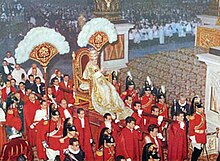
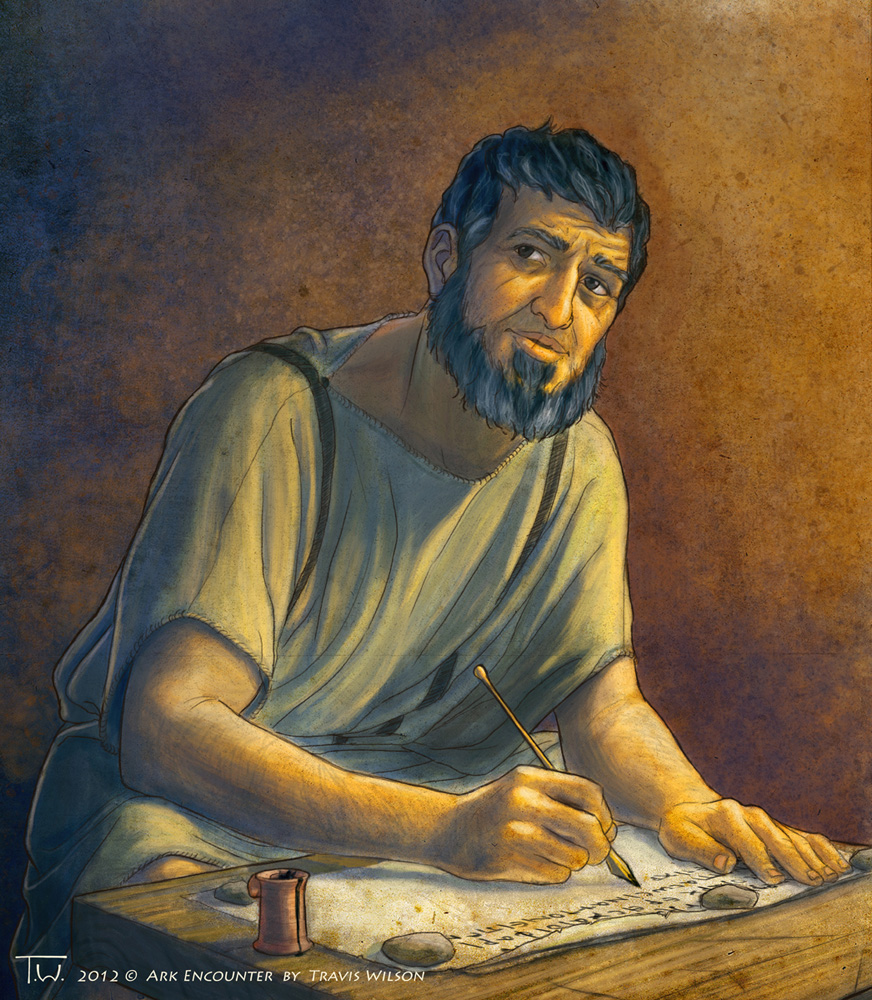


-1-.jpg)

